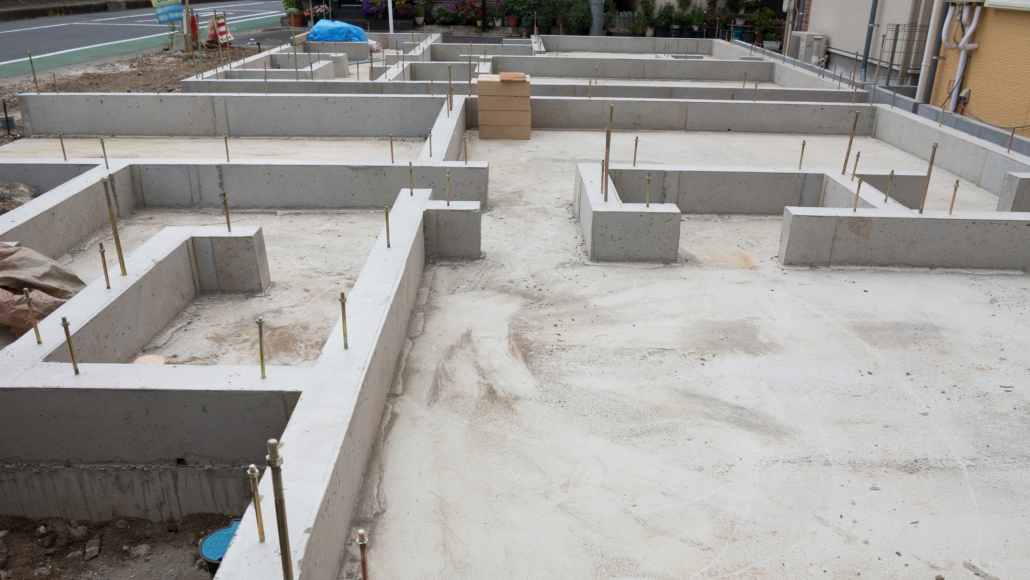Courtney LaCaria
Housing & Homelessness Research Coordinator
Mecklenburg County Community Support Services
In response to the pandemic caused by the novel coronavirus, and anticipated increases in the number of people experiencing housing instability and homelessness, there has been a significant increase to public and private funding at local, state, and federal levels. The $2 trillion Coronavirus Aid, Relief and Economic Security (CARES) Act which was passed by Congress on March 27, allocated more than $12 billion to housing and homelessness resources. In Charlotte-Mecklenburg, United Way of Central Carolinas and Foundation for the Carolinas launched a local fundraising effort, which has raised over $19 million locally to support efforts including homelessness and eviction prevention. Another federal stimulus bill is currently under discussion.
In addition to new and additional resources, waivers have been issued to remove historic barriers; processes have been shortened or otherwise adapted to be more flexible; and communities have improvised to deal with rapidly changing environments. The Building Bridges Blog series which began on March 18 highlights some of the short-term responses that can be transformed into long-term interventions to address the pre-existing conditions of housing instability and homelessness.
COVID-19 has driven home the vital role housing plays in ensuring public health. In fact, most initial strategies targeted efforts to “flatten the curve.” However, it is vital that communities plan and prepare for the days and months ahead. Last week’s blog post discussed the importance of planning; that coordination, and collaboration across multiple sectors is required; the need to integrate new ideas and strategies evaluated during the last few months; and the value of harnessing the momentum gained, with a renewed focus on system-level strategies.
This week’s blog post introduces a new tool for communities like Charlotte-Mecklenburg to consider adopting and implementing for the weeks and months ahead: a public health and economic recovery framework response to address housing instability and homelessness. The two concepts are not in competition; successful communities will be those that have addressed both, as comprehensively as possible.
A FRAMEWORK FOR A FRAMEWORK
On May 1, the National Alliance to End Homelessness, the National Low Income Housing Coalition, and the Center for Budget Policies and Priorities released “A Framework for COVID-19 Homelessness Response.” The framework provides guidance on ways homelessness assistance systems (like Continuums of Care or CoCs) can maximize new funding from the CARES Act and other sources to both respond to the immediate crisis and plan for a long-term economic recovery. Communities can begin to adapt and implement this framework as part of both their short-term and long-term COVID-19 housing responses.
FRAMEWORK GUIDING VALUES
There are several key values that guide the content and format of the “Framework for COVID-19 Homelessness Response.” These include ensuring that any response adequately addresses the income and racial disparities that predated (and will likely be exacerbated by) the COVID-19 pandemic; addressing the highest priority needs in the community, first; moving people experiencing homelessness into housing quickly; developing partnerships that will strengthen and support long-term efforts; and preparing communities to address future crises. This translates to communities taking measures such as involving people who have experienced homelessness into planning efforts; prioritizing funding to address homelessness, especially among populations that are especially at risk of exposure to and complications from COVID-19; creating alliances with key entities that overlap with housing and public health like Public Housing Authorities, local law enforcement, Emergency Management and Continuums of Care; and taking action as quickly as possible.
FRAMEWORK COMPONENTS
“A Framework for COVID-19 Homelessness Response” outlines areas where communities should focus efforts and prioritize assistance. These include prevention/diversion; sheltered and unsheltered homelessness; permanent housing; and systemic solutions. Communities may also consider adding other key components of the homelessness assistance system, such as Coordinated Entry.
In addition, the framework provides guidance about the order in which assistance could be applied. Organized into four phases, the framework breaks down timelines into tasks that should be done immediately (actions that should already be underway); short-term (actions that should be underway or begun immediately); medium-term (actions should be underway or begun no later than the next 30 days); and longer-term (actions should be begun no later than in the next 30 to 60 days). Applying this timeline, communities could be well into Phase 2 with the combined goals of promoting public health and economic recovery through rapid re-housing efforts.
SO, WHAT
The extent to which communities will experience increases in the number of people who experience housing instability and homelessness in the weeks, months, and years to come depends ultimately upon the actions that are taken right now.
It is vital that communities begin to lay the groundwork, if they have not already, for strategic COVID-19 housing and homelessness assistance funding. This is an important opportunity for communities like Charlotte-Mecklenburg to pause and consider how to allocate all housing and homelessness funding sources across the full housing continuum for maximum efficacy. For example, how can funding and waivers from Community Development Block Grant (CDBG) be layered with Emergency Solutions Grant (ESG) proceeds?
Business as usual will produce the same results as communities already have. The additional resources, flexibility, and sense of urgency create the perfect opportunity to re-evaluate and align all resources. This will guarantee, among other things, that the dollars spent today will have as lasting an impact as possible. Beyond funding, communities can also apply the framework to help plan systemic responses, like how to address the fallout when eviction moratoriums end.
Stay tuned for next week’s blog, which will take a closer look at the adaptation of the framework for use in Charlotte-Mecklenburg.
SIGN UP FOR BUILDING BRIDGES BLOG
Courtney LaCaria coordinates posts on the Building Bridges Blog. Courtney is the Housing & Homelessness Research Coordinator for Mecklenburg County Community Support Services. Courtney’s job is to connect data on housing instability, homelessness and affordable housing with stakeholders in the community so that they can use it to drive policy-making, funding allocation and programmatic change.


